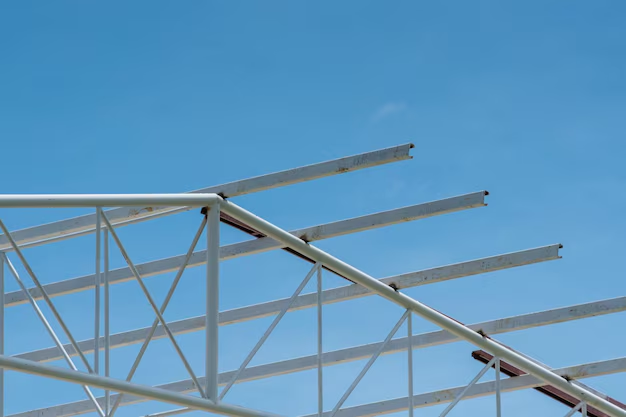Understanding Pitched Roofs: What You Need to Know
Have you ever admired a charming old house with a steep roof and wondered about its design? Pitched roofs are a common architectural feature, but what exactly are they? Simply put, a pitched roof is a roof with a sloped surface, designed to allow rain, snow, and debris to slide off easily. This design not only adds to the aesthetic appeal of a building but also plays a crucial role in its structural integrity and energy efficiency.
The Basics of Pitched Roofs
Pitched roofs come in various shapes and sizes, ranging from simple gabled roofs to more complex shapes like hipped or mansard roofs. The pitch of a roof refers to its steepness, typically expressed as a ratio of vertical rise to horizontal span. This slope is essential for water runoff, reducing the risk of leaks and structural damage. Beyond functionality, pitched roofs contribute to energy conservation by enabling proper ventilation and reducing heating costs during colder months.
Types of Pitched Roofs
- Gable Roof: Characterized by two sloping sides that meet at a ridge, forming a triangle shape at each end.
- Hip Roof: All sides slope downwards to the walls, usually with no vertical ends. This style offers better stability and is often found in areas prone to high winds.
- Mansard Roof: A four-sided style with double slopes on each side, typically associated with French architecture.
- Gambrel Roof: Often used in barns, this style features two different slopes on each side, with the lower slope being steeper.
Each type comes with its advantages, catering to different architectural needs and climate conditions.
Benefits of Pitched Roofs
Pitched roofs offer several advantages over flat roofs, making them a preferred choice in many residential and commercial projects:
- Improved Drainage: The slope of a pitched roof naturally directs water away from the roof's surface, reducing the risk of leaks.
- Aesthetic Appeal: A pitched roof can significantly enhance the visual appeal of a building, offering a variety of styles to suit any architectural preference.
- Longevity: Due to better drainage and reduced debris accumulation, pitched roofs often have a longer lifespan compared to flat roofs.
- Thermal Efficiency: These roofs can improve energy efficiency by allowing optimal ventilation in the attic space, reducing heat loss in winter and heat gain in summer.
Financial Aid for Roof Installations and Repairs
The costs associated with installing or repairing a pitched roof can be significant. Fortunately, there are financial assistance programs available for homeowners and property developers:
- Government Grants: Various programs offer grants to support energy-efficient home improvements, including roof installations. Always check for eligibility criteria and application deadlines.
- Home Improvement Loans: These loans, often at low interest rates, can provide the necessary funds for roof renovations, allowing property owners to execute projects without financial strain.
- Insurance Claims: In some cases, roof repairs resulting from damage may be covered by homeowner’s insurance policies. Reviewing your policy can provide insights into potential coverage.
- Rebate Programs: Some local governments and utility companies offer rebates for energy-efficient home upgrades, reducing the overall cost of installing eco-friendly roofing systems.
Exploring these options can ease the financial burden of roof maintenance and ensure that homeowners benefit from a safe and attractive property.
Here’s a quick overview of resources available for those considering roof projects:
- 💡 Energy-Efficient Improvements Grant: Cash incentives for installing eco-friendly materials.
- 🏡 Home Improvement Financing: Low-interest loans tailored for renovation projects.
- 📑 Insurance Options: Review policies for potential claim eligibility on damages.
- 🔃 Rebate Initiatives: Check local government and utility offers for retrofit rebates.
For anyone contemplating a new roof, evaluating these programs can make a significant difference in affordability and sustainability.
